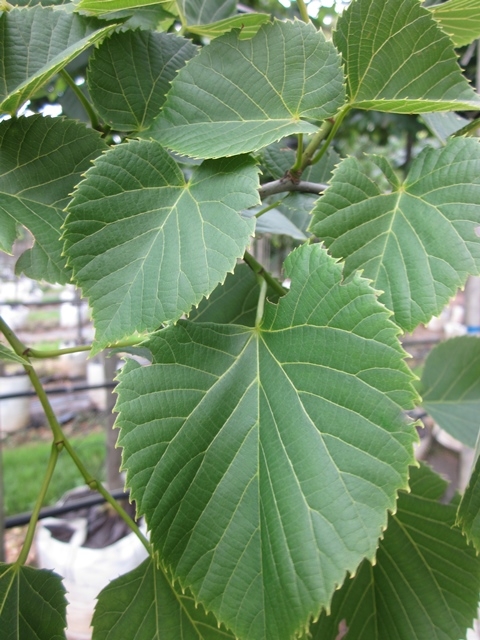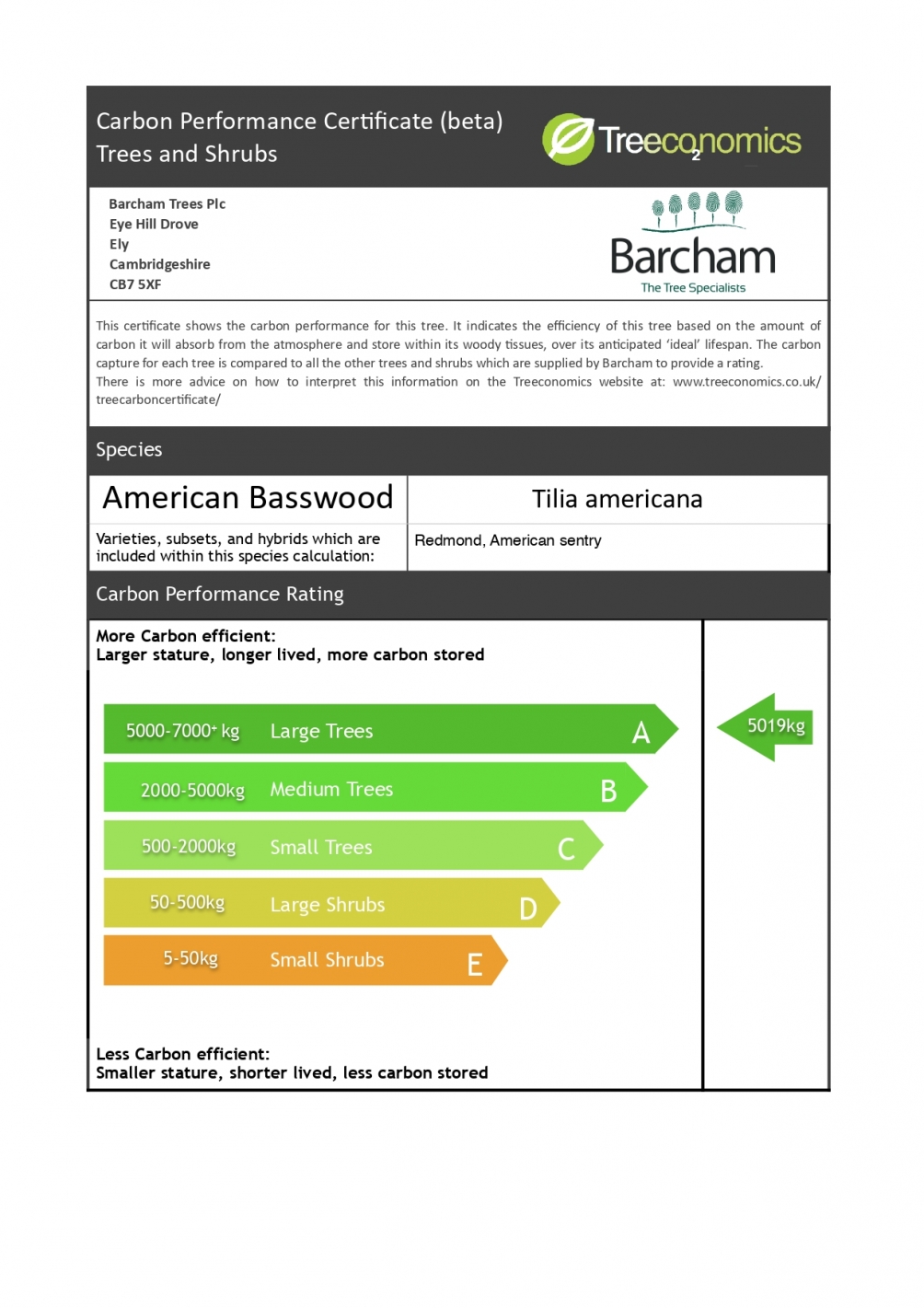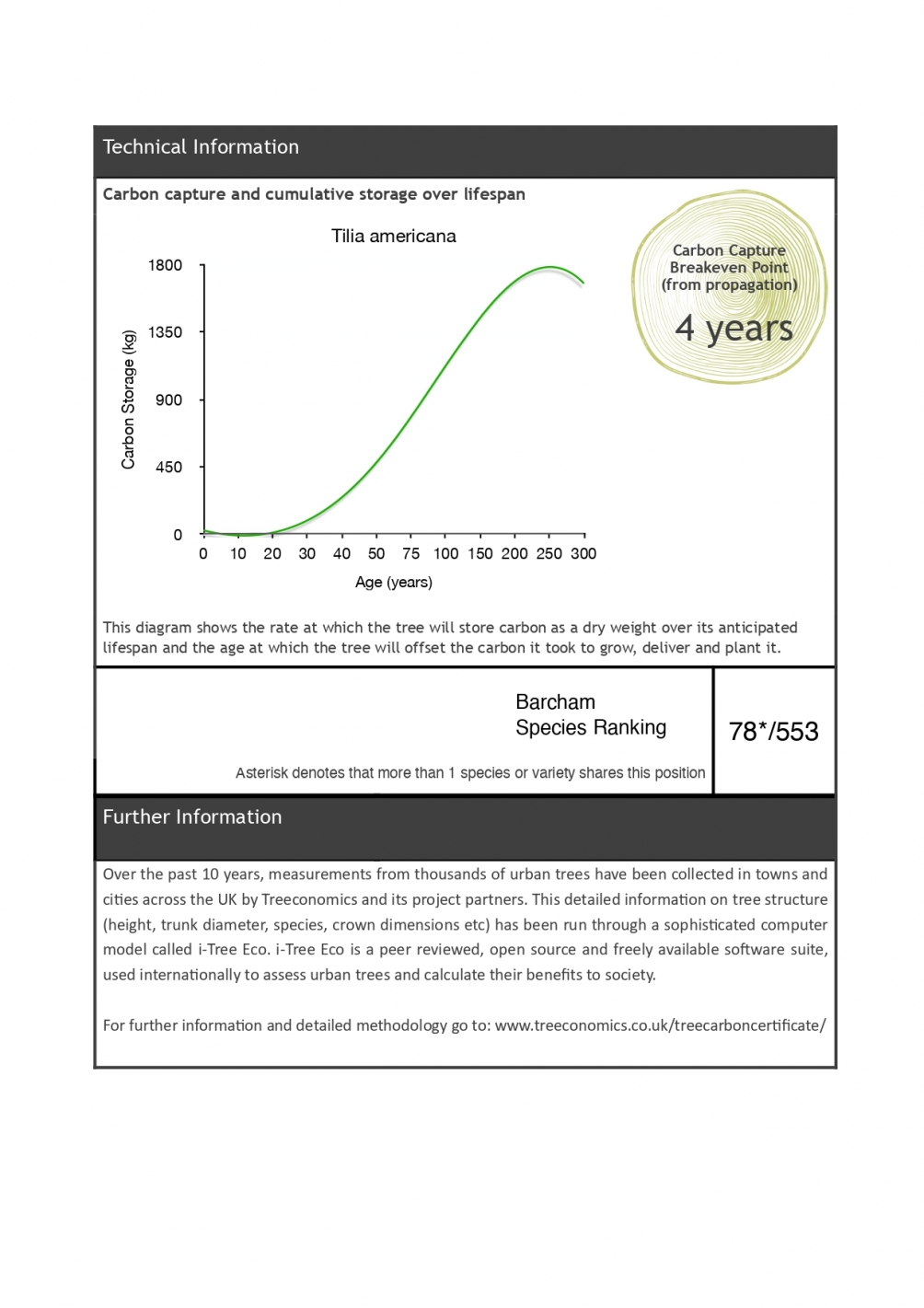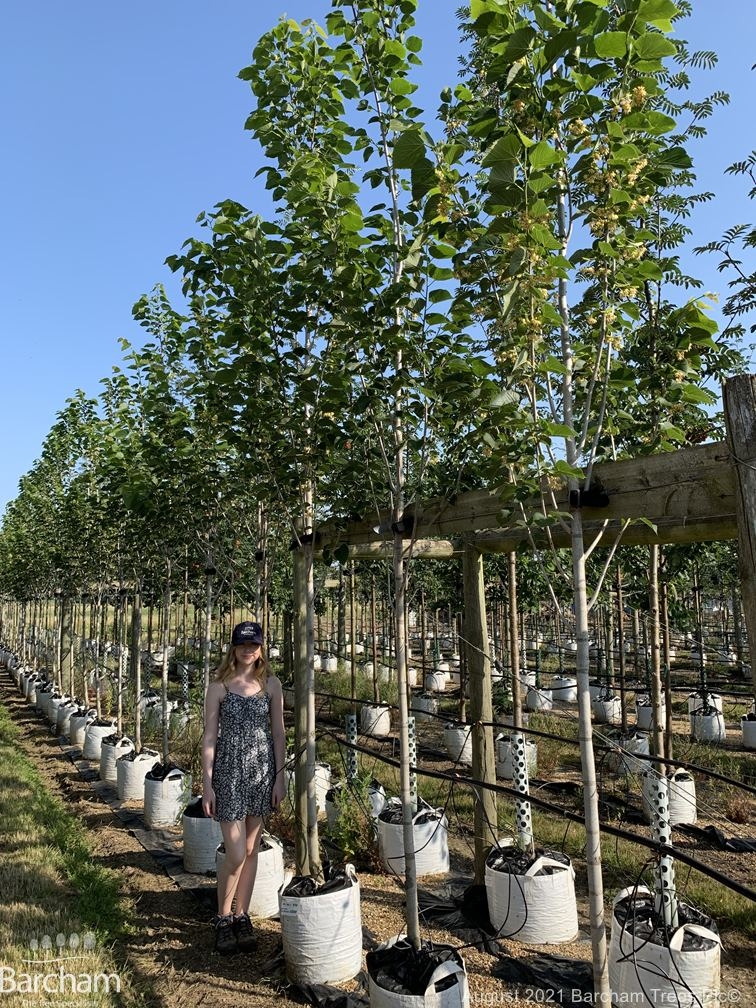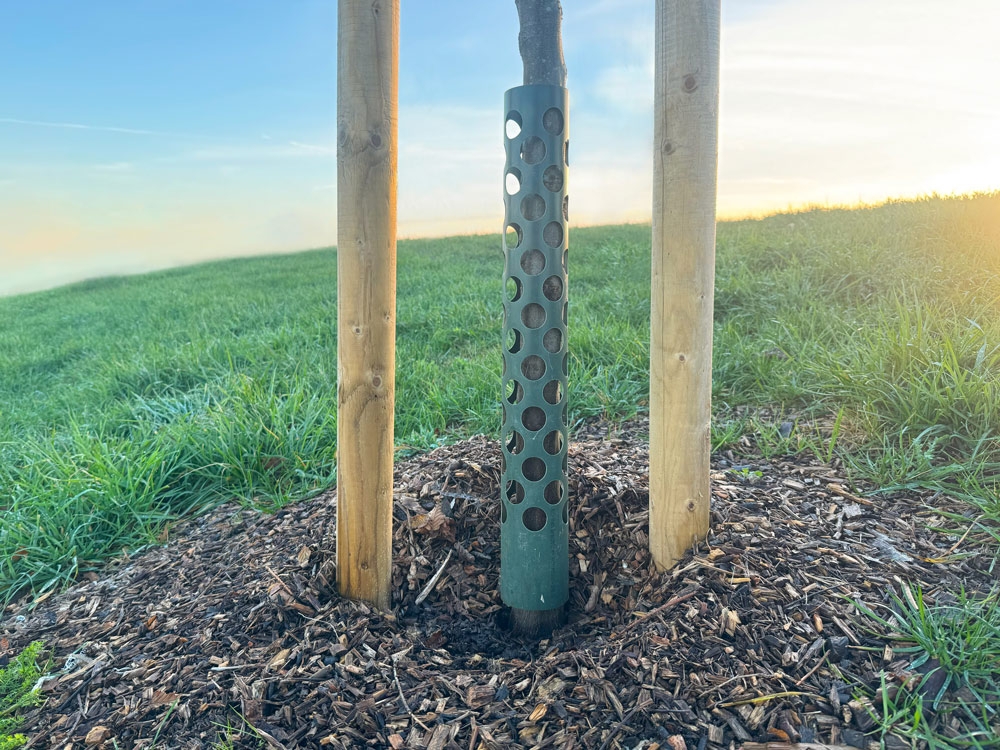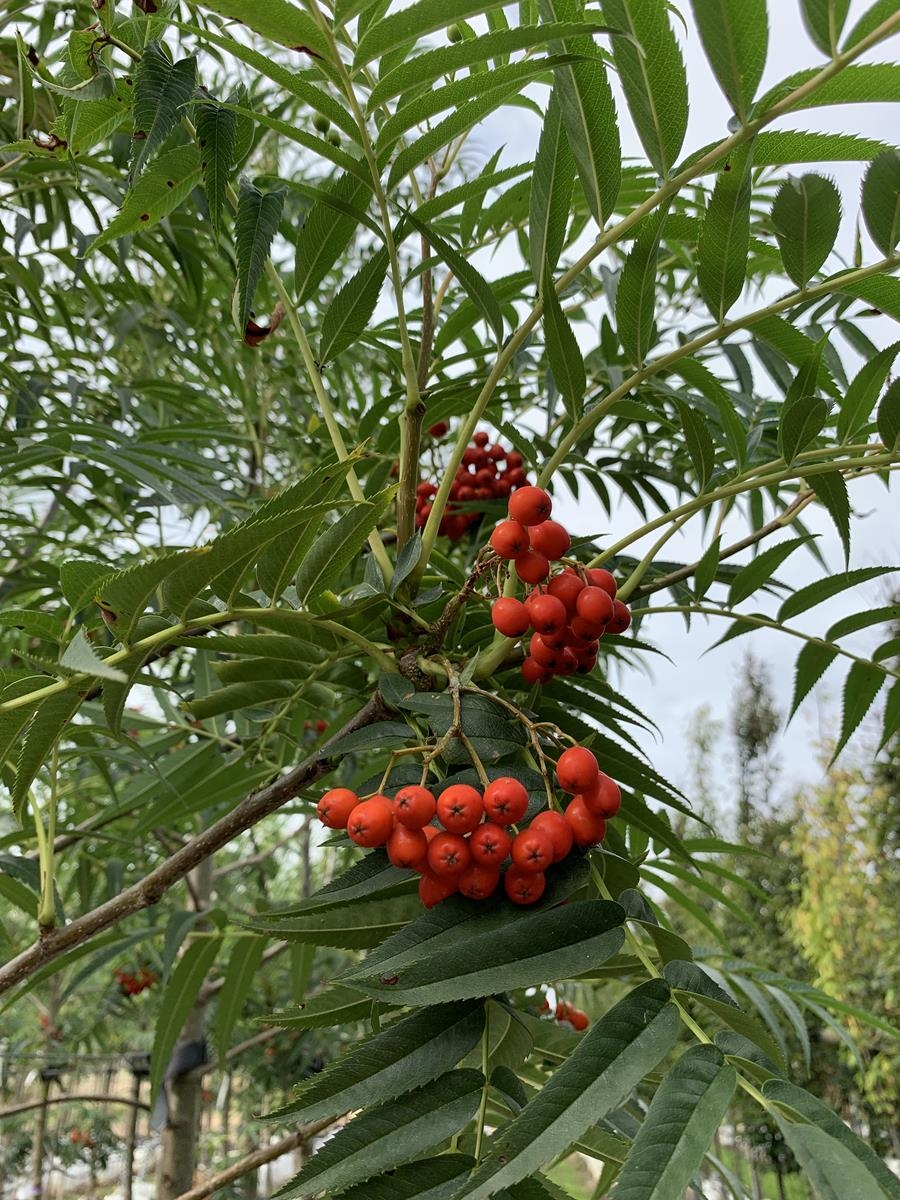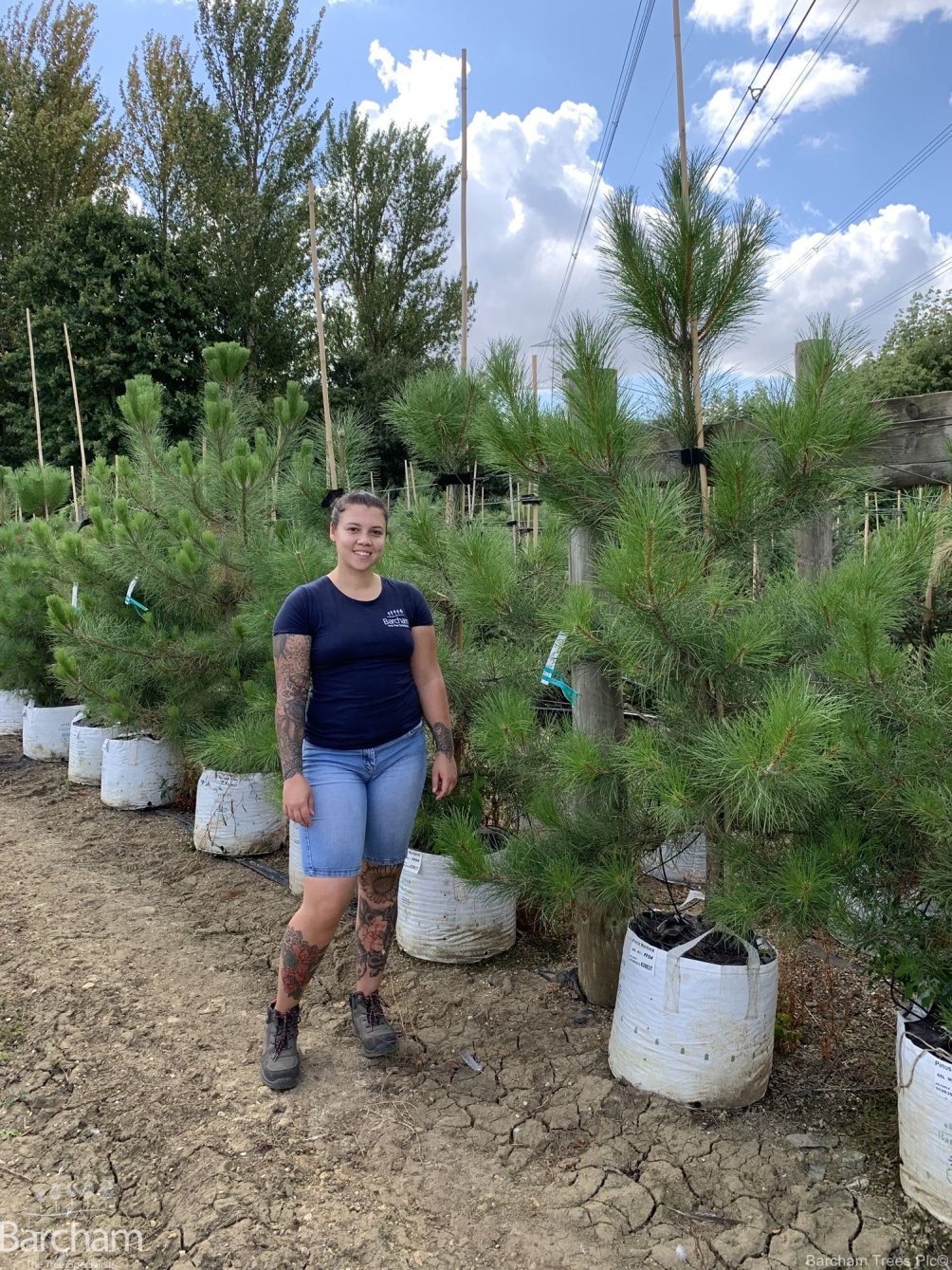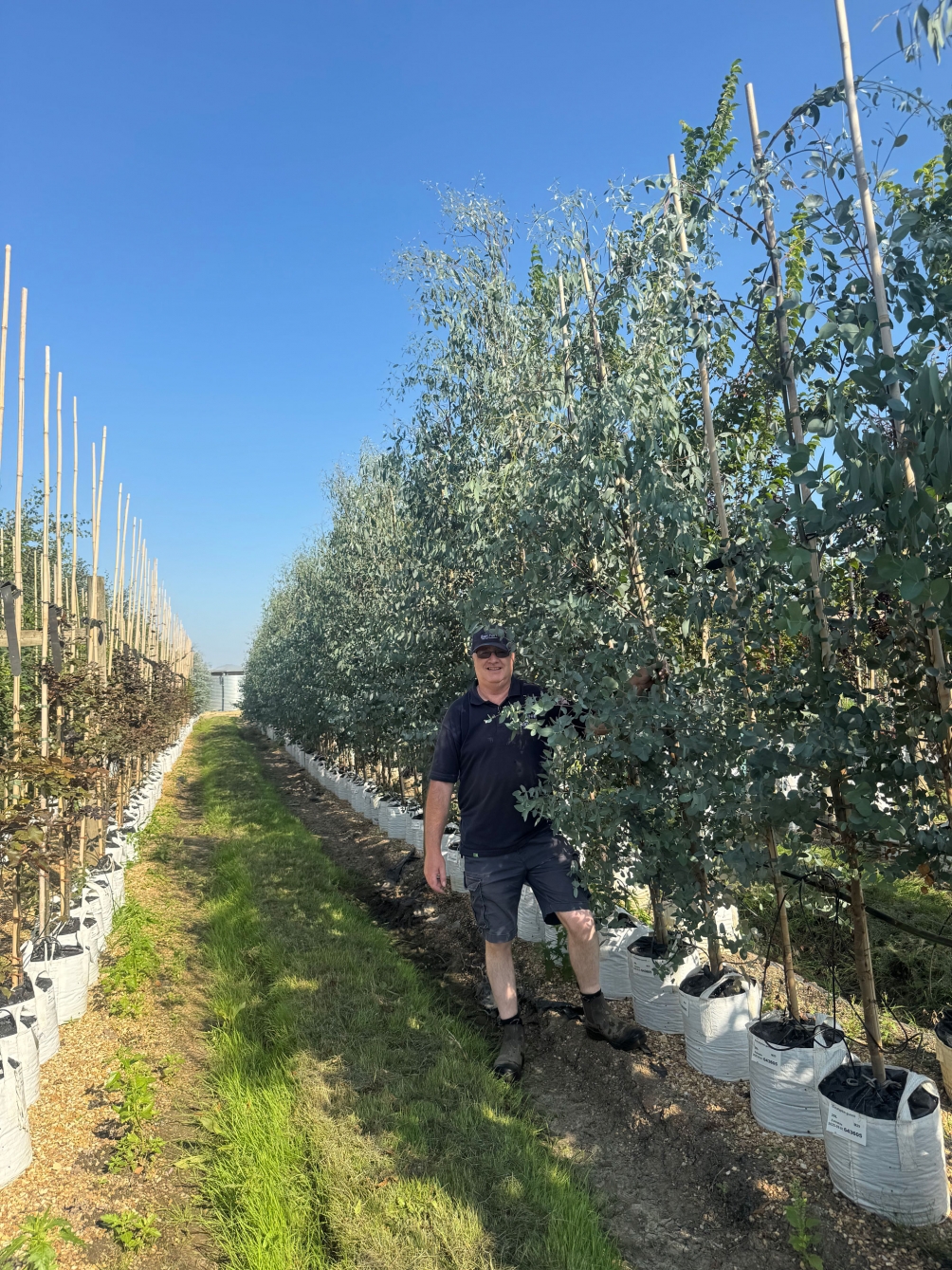Tilia americana American Sentry
Sentry Linden
Its pyramidal habit develops about half as wide as it is high making this a very popular urban tree in the USA
Read more about this productProduct details
Called ‘McKSentry’ by American growers to commemorate its breeders, Mackay nurseries in Wisconsin.
Its pyramidal habit develops about half as wide as it is high making this a very popular urban tree in the USA. It’s tough and has
large green leaves that turn to yellow in the autumn.
Young stems are a silver grey and sweetly scented flowers are borne in the spring.
This tree has a great symmetry about it so pruning is seldom necessary. It thrives best in full sun for at least six hours of the day and performs well on most free draining soils either side of neutral.
Tilia americana was first introduced into the UK in 1752 but this much more recent selection is the one to go for if space is restricted or uniformity is required.
Mature height:12-17m
Mature spread: 5-8m
Its pyramidal habit develops about half as wide as it is high making this a very popular urban tree in the USA. It’s tough and has
large green leaves that turn to yellow in the autumn.
Young stems are a silver grey and sweetly scented flowers are borne in the spring.
This tree has a great symmetry about it so pruning is seldom necessary. It thrives best in full sun for at least six hours of the day and performs well on most free draining soils either side of neutral.
Tilia americana was first introduced into the UK in 1752 but this much more recent selection is the one to go for if space is restricted or uniformity is required.
Mature height:12-17m
Mature spread: 5-8m
Tree Specifications
Common names
Sentry Linden
Mature size
Tree type
Soil type
Shape
Tree features
Growth rate
Tolerances
Seasons of interest
Tree uses


